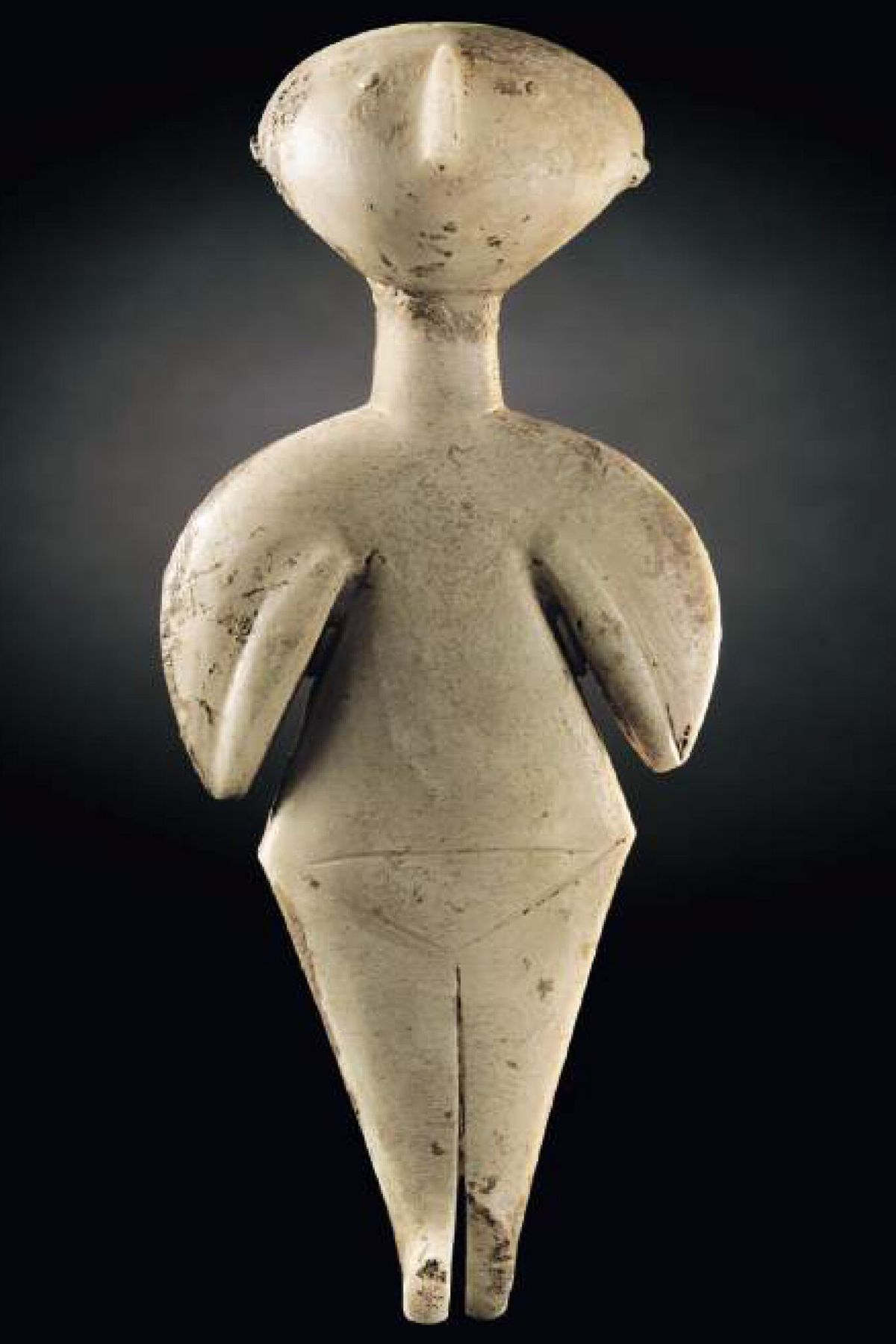A New York judge has ruled that Turkey could not recover the “Guennol Stargazer,” a roughly nine-inch marble figure created in what is now Turkey’s Manisa Province more than 6,000 years ago.
The idol, which is owned by hedge fund billionaire Michael Steinhardt, was on display at the Metropolitan Museum of Art from 1968 to 1993 and again from 1999 to 2007, before it went up for auction at Christie’s in 2017, prompting the Turkish Government to sue both the auction house and Steinhardt in hopes of repatriation. Turkey cited a 1906 Ottoman Decree which declares that antiquities found in the country are state property, a rule that could have deemed the idol as wrongfully removed.
“Although the Idol was undoubtedly manufactured in what is now modern-day Turkey, the Court cannot conclude based on the trial record that it was excavated from Turkey after 1906,” Judge Alison J. Nathan of Federal District Court in Manhattan said a written decision on Tuesday, citing “insufficient evidence” and adding that Turkey had “slept on its rights” by waiting so long to make a claim.
According to Christie’s, this is one of only about 15 complete or nearly complete stargazer idols in existence, although a number of fragments of the figures have been found. Most of the complete figures (including the Guennol Stargazer) were once broken across the neck, a detail that, according to the auction house, suggests “that the sculptures were ritually ‘killed’ at the time of burial.” An anonymous buyer purchased the work for $14.4m at the 2017 auction, but they ultimately walked away from the deal after Turkey filed its lawsuit.
Knowledge of the idol’s provenance appears to date back only to 1961, when the tennis star Alastair B. Martin and his wife, Edith Martin, bought it from the New York-based art dealer J.J. Klejman. It was then transferred to a corporation controlled by Alastair’s son Robin Martin, then to a gallery, then to Steinhardt, who purchased it in 1993 for $1.5m. It is unknown how Klejman first acquired the figure, but there have been no indications that it was through illicit means. “There is no evidence in the record to establish where he first encountered the Idol, how the Idol came to be in his possession, or when and how he brought the Idol to the United States,” Judge Nathan wrote.
Turkey, however, pointed out that in a memoir published by the former Met director Thomas Hoving, Klejman was referred to as a “dealer-smuggler”. The judge noted this in her statement, arguing that the mention in the book “does not reveal much about Klejman’s specific trading practices” and adding that the idol’s hyper-visibility, with decades of display at the Met and frequent mentions in publications dating as far back as the 1960s, including writings connected to the Turkish Ministry of Culture, gave the government ample time to make a claim for ownership.
Judge Nathan argued that Turkey’s decision not to make such a claim led Steinhardt to believe he bought it legitimately. “Had Turkey pursued its potential claim or inquired as to the provenance of the Idol prior to 1993, it is quite possible that Steinhardt would have never purchased the Idol,” the judge wrote.


